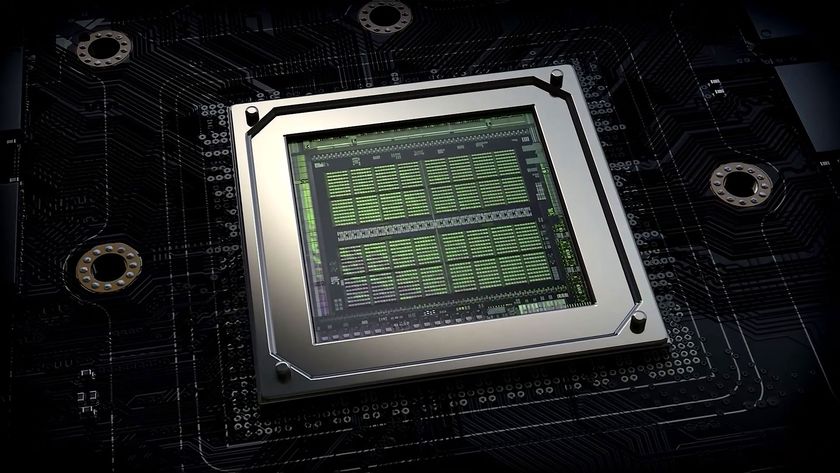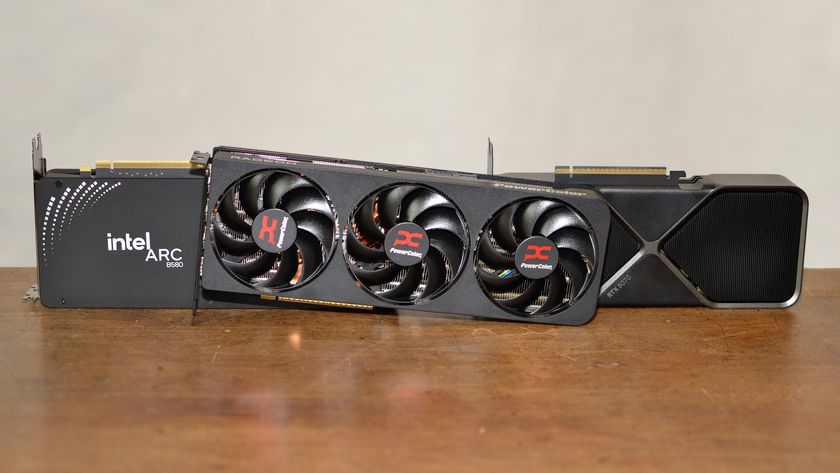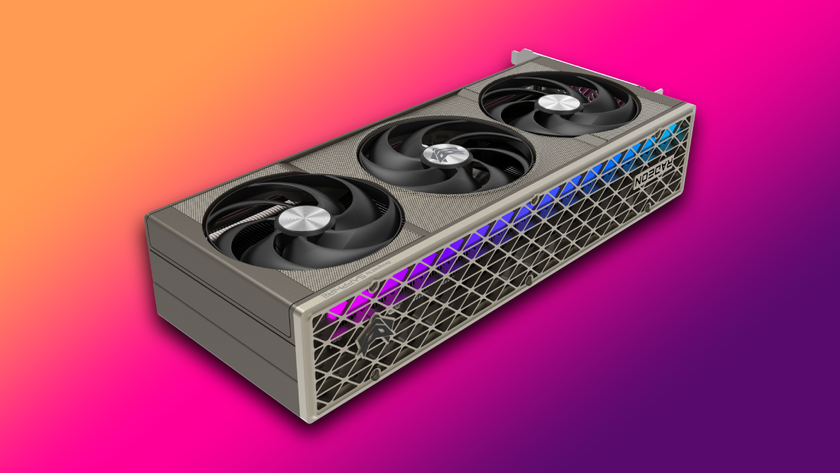Core Ultra 7 265KF staggers behind Core i7-14700K in multi-core benchmark — Arrow Lake chip has 7% higher single-core performance
Core Ultra 7 265KF comes swinging with strong single-core performance but shows feeble multi-core performance.
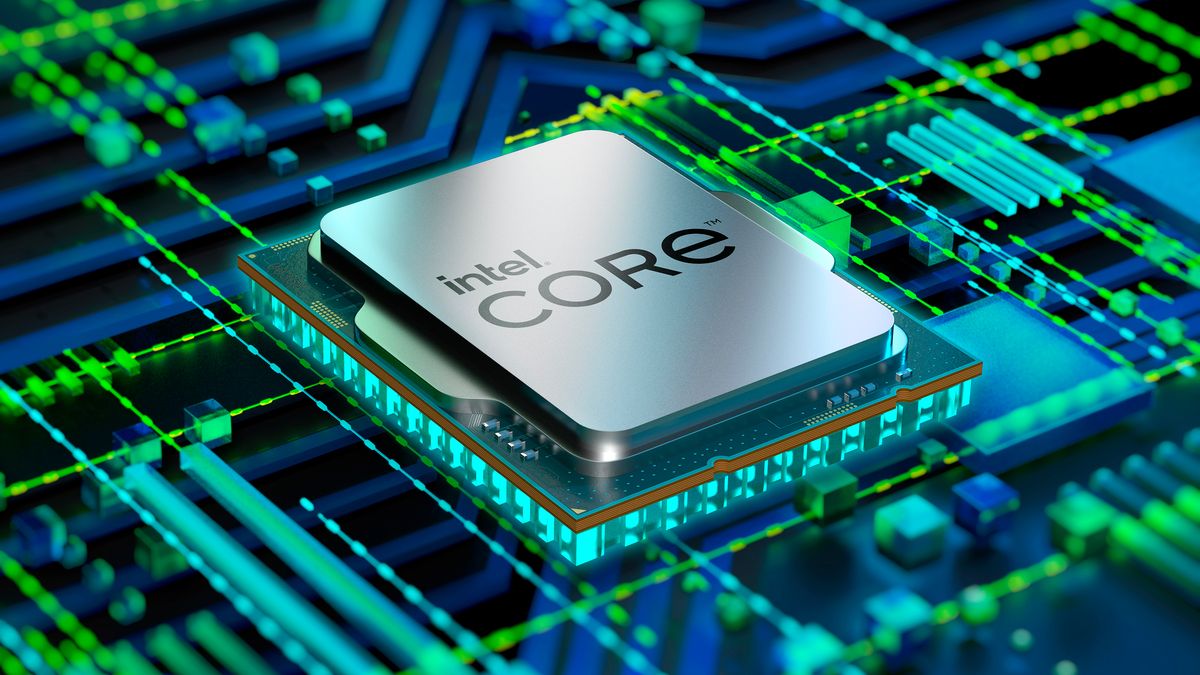
Another upcoming Arrow Lake chip, which will compete against the best CPUs, has appeared for the first time in the Geekbench browser. This time, it pertains to the iGPUless Core Ultra 7 265KF. Discovered by Benchleaks on X, the chip was benchmarked in Geekbench 5.5.1 (the source of the results has now been pulled). It boasts good single-core performance but falters in multi-core performance, lagging behind the last-generation Core i7-14700K.
The Core Ultra 7 265KF scored 2,252 points in the Geekbench 5 single-core test and 17,722 points in the multi-core test. Single-core performance is competitive with Intel's previous generation Core i7 and Core i9 K-series parts, 7% faster than the Core i7-14700KF and 3% faster than the Core i9-14900K. However, compared to an Arrow Lake-S qualification sample, which we believe to be a Core Ultra 9 285K, the Ultra 7 model loses out, with the Arrow Lake-S qualification sample being 9% quicker in single-threaded performance.
Multi-core performance is where the Core Ultra 7 265KF completely faulters. Compared to the Core i7-14700KF — its direct predecessor, the Raptor Lake Refresh chip beats the 265KF by a whopping 16%. It only gets worse against the higher-trim models. The Core i9-14900K outperforms the 265KF by 45%, and the Arrow Lake-S (Ultra 9 285K) QS beats the 265KF by 54%. Results for the Core i9 and Core i7 models were taken from the first page of results in the Geekbench 5 browser and averaged together.
| CPU | Single-Core | Multi-Core |
|---|---|---|
| Arrow Lake-S QS (Ultra 9 285K) | 2,455 | 27,381 |
| Core i9-14900K | 2,178 | 25,648 |
| Core Ultra 7 265KF | 2,252 | 17,722 |
| Core i7-14700KF | 2,102 | 20,480 |
The Geekbench listing reveals that the Core Ultra 7 265KF has eight P-cores and 12 E-cores, with clock speeds reaching up to 5.4 GHz. The addition of the "F" nomenclature also suggests the chip has a disabled integrated graphics unit. Compared to the rumored specs of the Core Ultra 9 285K, the 265KF has four fewer E-cores but the same number of P-cores.
As always, take these results with a pinch of salt. The conditions in which the Core Ultra 7 was running are unknown. However, we won't see what Arrow Lake is capable of until in a few months, as Intel's next-generation chips have been rumored to launch in October, while AMD's Ryzen 9000 lineup is just right around the corner.
Stay On the Cutting Edge: Get the Tom's Hardware Newsletter
Get Tom's Hardware's best news and in-depth reviews, straight to your inbox.

Aaron Klotz is a contributing writer for Tom’s Hardware, covering news related to computer hardware such as CPUs, and graphics cards.
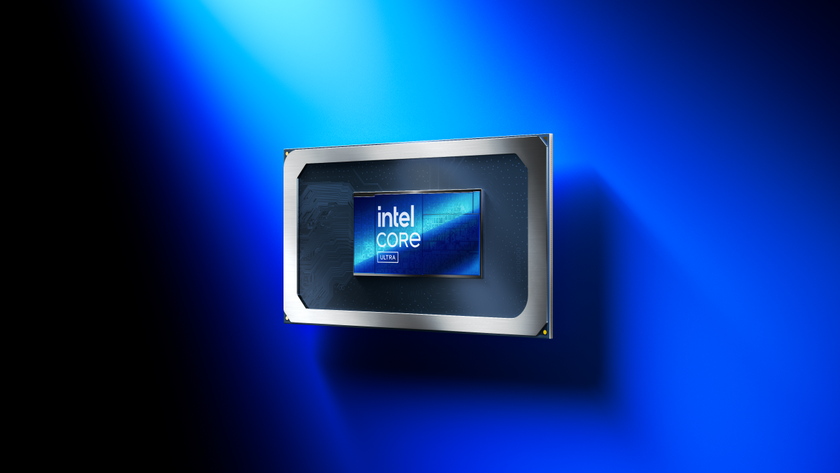
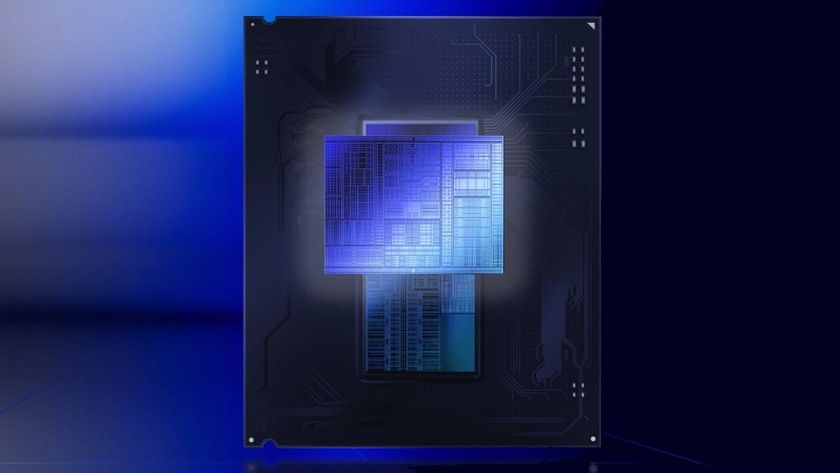


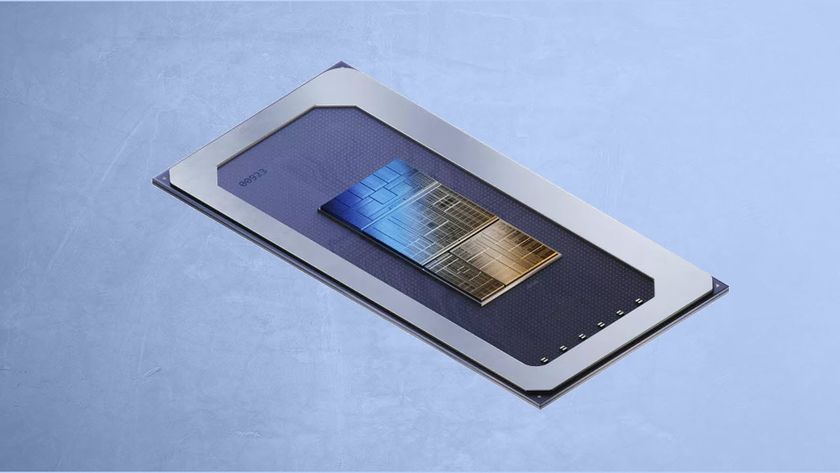

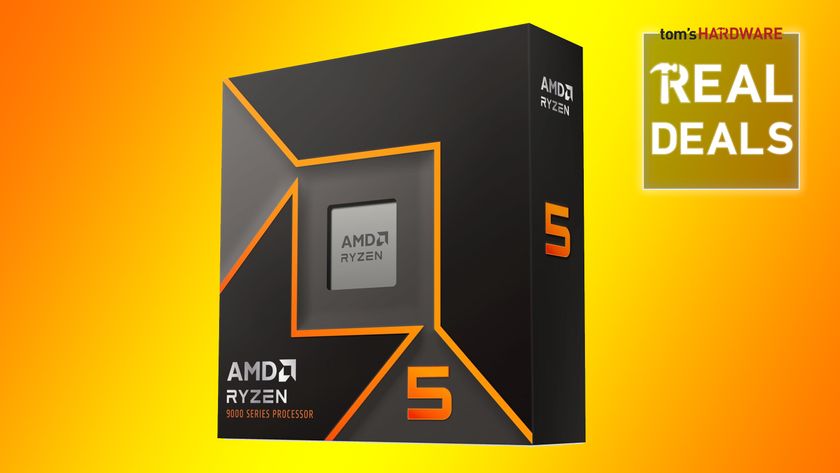

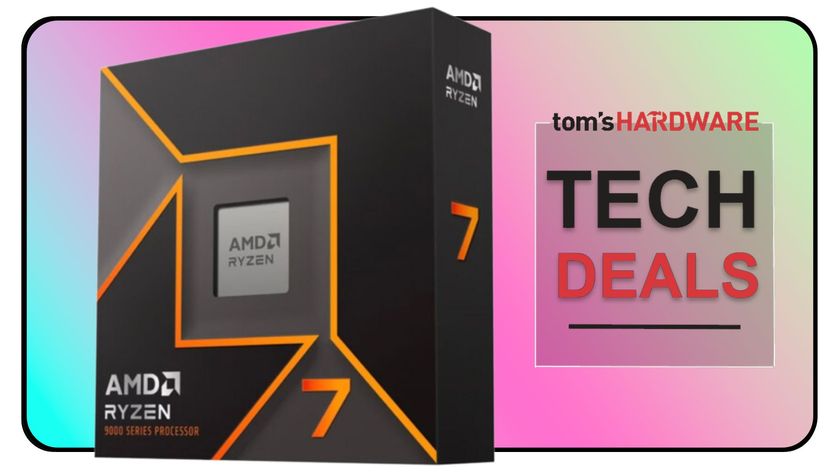
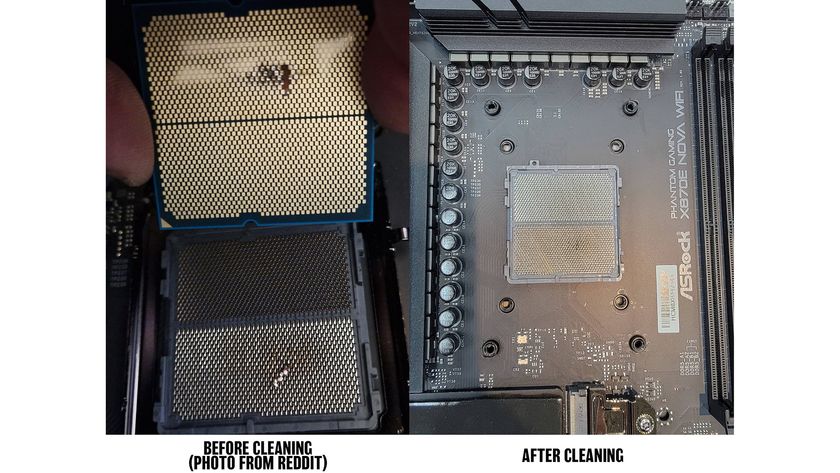
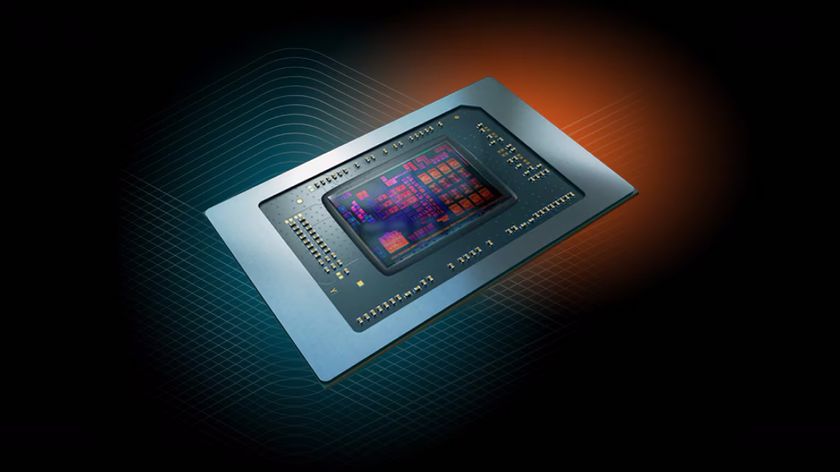
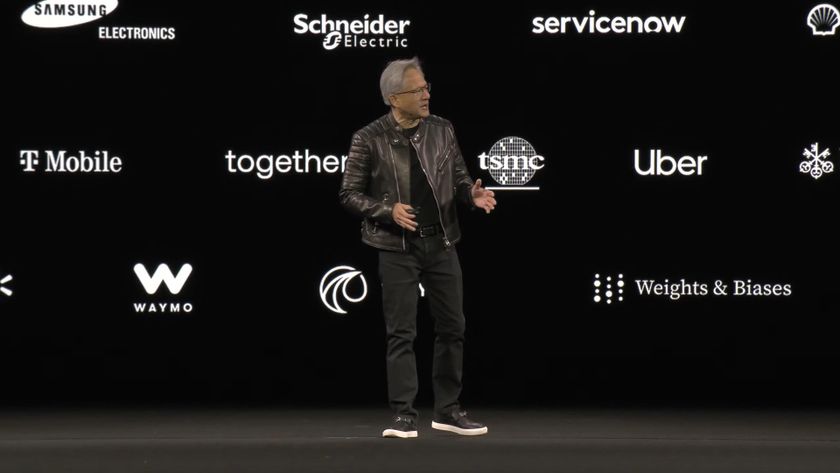
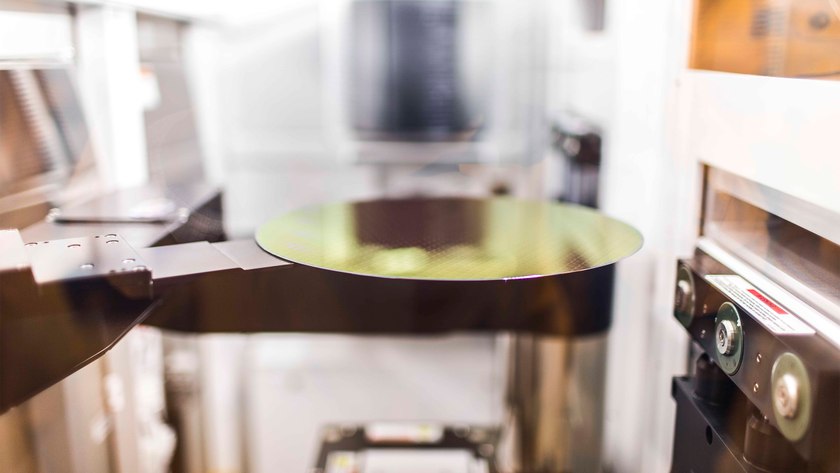
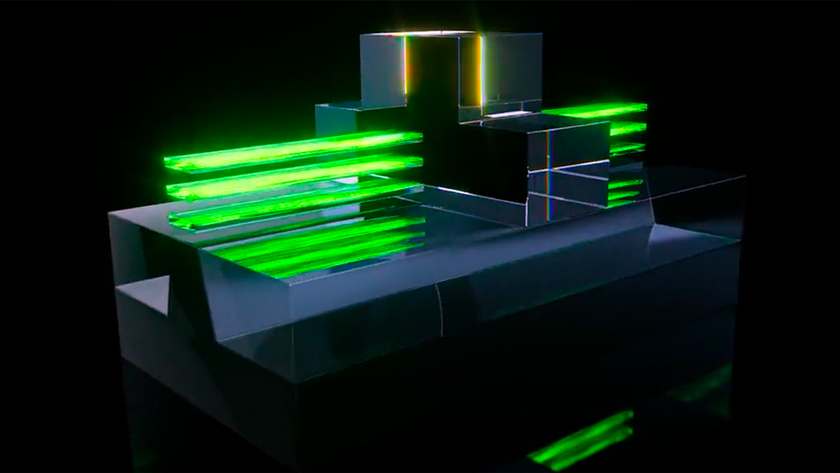
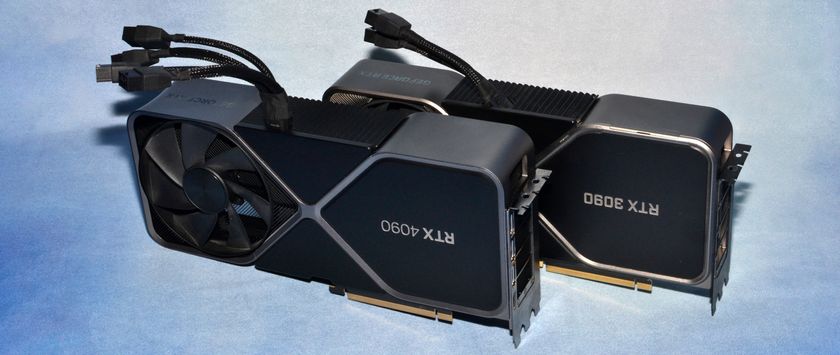

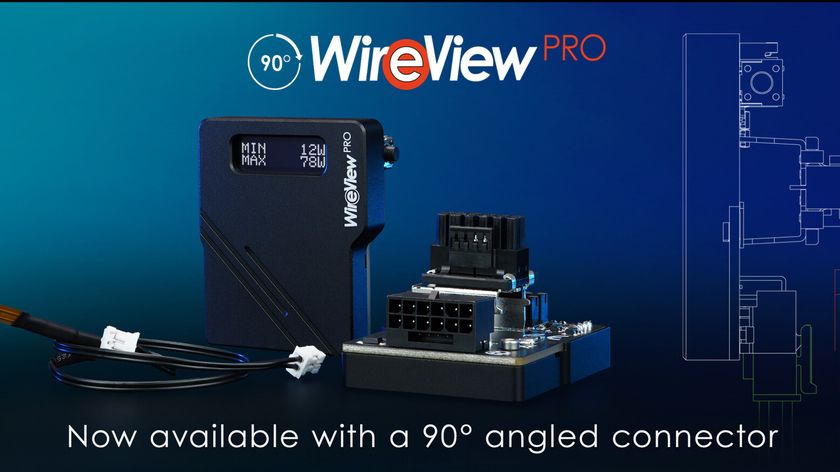
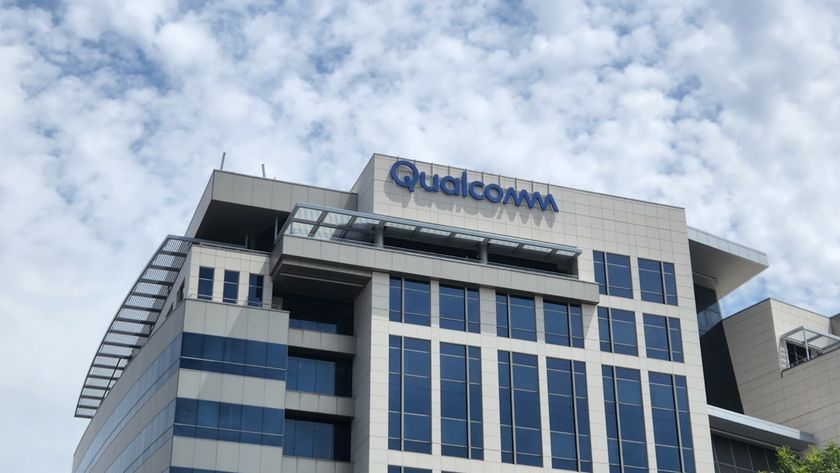
-
TheHerald GB multi score is useless, since it's doesn't really use many cores and it's extremely memory bound. 12900k stock and I get 19.5k just because of ram speed.Reply -
Alvar "Miles" Udell Pre-release hardware and running with a single RAM stick and lower than expected clock speeds so yeah I'll take it with a grain of salt. Also we also got supposedly leaked Core Ultra 9 285K results, per WCCFTech, with an ES and QS sample, and it shows a 17.5% gain in Cinebench vs the 14900K, which I'm inclined to trust more than Geekbench.Reply
Intel Arrow Lake "Core Ultra 9 285K" vs Raptor Lake "Core i9-14900K" CPU Leak (Source: @Jaykihn0)BenchmarkCore Ultra 9 285K (ES2)Core Ultra 9 285K (QS)Core i9-14900K (Retail)ARL-S QS vs RPL-S RetailCrossMark214525872432+6.3%WebXPRT4 3.73304372388-4.1%Speedometer 2.1385472521-9.4%Geekbench 5.4.5 SC200124552432+1.0%Geekbench 5.4.5 MC220762738123902+14.5%Cinebench R23349754311836681+17.5%
The real question, however, is will anyone buy one if the NPU is as weak as believed? While it may not be much use right now, as fast as CPUs have become and the connectivity available, what's the real driver to buy one instead of waiting until a more powerful NPU is added?
https://www.tomshardware.com/pc-components/cpus/intels-arrow-lake-s-wont-be-an-ai-powerhouse-13-tops-npu-is-only-slightly-better-than-meteor-lake-much-less-than-lunar-lake -
deesider The 265KF doesn't have hyperthreading while the 14700K does - so it's 20 threads vs 28 threadsReply -
Nyara Reply
NPUs are just useful to save energy, and, on a small amount, avoid the GPU getting used by random stuff at times, so it can be at 100% for where it is more needed. For desktop, a NPU is mostly just useful for developers, and since it is just debugging on dev machine, it doesn't need much performance, really.Alvar Miles Udell said:The real question, however, is will anyone buy one if the NPU is as weak as believed? While it may not be much use right now, as fast as CPUs have become and the connectivity available, what's the real driver to buy one instead of waiting until a more powerful NPU is added?
NPUs matters a lot more when you get into the realm of 10W TDP or lower, but Intel is launching Lunar Lake for that segment, and Lunar Laker's NPU, while not really that powerful, is still rumored to perform similarly to Qualcomm's, Apple's an AMD's offers, and that is all it needs to do for now.
If you want to do serious lifting with language or math models ("AI"), you will need a consumer/workstation videocard or workstation AI card or SoC. -
Kondamin Reply
as the launch of the Qualcomm laptops have shown us, only the marketing department cares about those tiny useless npus which will only be used in their demos and maybe zoom meetings practically to show nicer backgroundsAlvar Miles Udell said:the real question, however, is will anyone buy one if the NPU is as weak as believed? While it may not be much use right now, as fast as CPUs have become and the connectivity available, what's the real driver to buy one instead of waiting until a more powerful NPU is added?
-
Alvar "Miles" Udell ReplyKondamin said:as the launch of the Qualcomm laptops have shown us, only the marketing department cares about those tiny useless npus which will only be used in their demos and maybe zoom meetings practically to show nicer backgrounds
Right now yes, but what about in, say, 5 years? -
Kondamin Reply
In 5 years if things follow the normal cadence of progression what ever anemic npu was squeezed in todays chips will be totally inadequate for tasks that still have to be invented.Alvar Miles Udell said:Right now yes, but what about in, say, 5 years?
If by then the technology matured enough to settle down on one standard or an other.
Making it very likely what ever you buy now will have long lost any support
